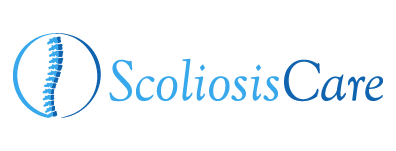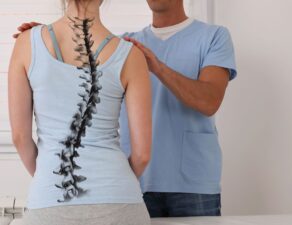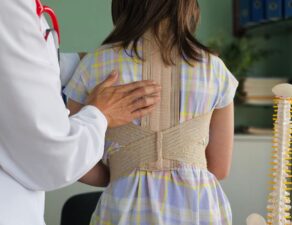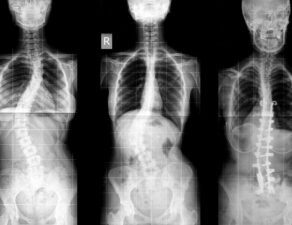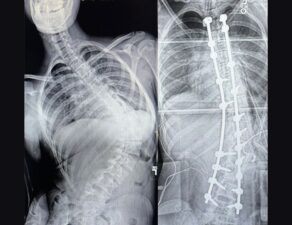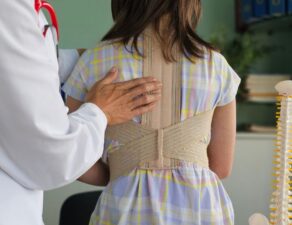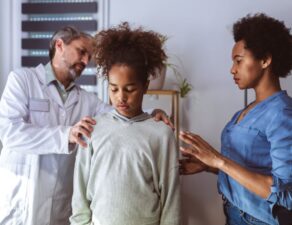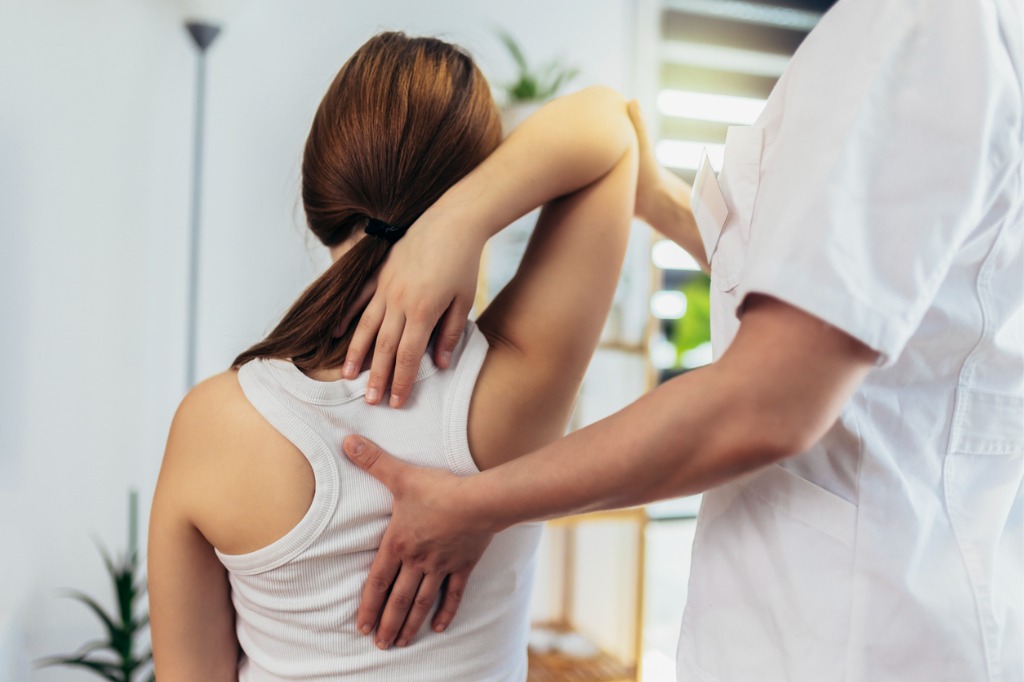
Scoliosis, a condition characterized by a noticeable curvature in the spine, can often go undetected due to its subtle onset. Many individuals with this condition are unaware of its existence until signs become more pronounced. Understanding how to know if you have scoliosis can help you recognize any potential symptoms early, paving the way for immediate attention and treatment.
Common Symptoms of Scoliosis
Scoliosis is a medical condition that causes an abnormal, sideways curvature of the spine. The curvature can appear in any part of the spine but is most common in the chest area and lower section of the back. The curve may vary from a slight bend to a drastic arch. Depending on the degree of curvature, scoliosis can also cause the ribs to stick out on one side of the body more than the other. While this may seem like an obvious sign, some individuals living with scoliosis have reported feeling no symptoms at all. The following are some common symptoms that may indicate scoliosis:
Physical Changes
Physical changes are often the most apparent signs of scoliosis. These changes can be subtle and may only be noticeable during certain activities or positions, such as bending over. However, these physical changes may become more prominent as the condition progresses. If you’re wondering how to know if you have scoliosis, monitoring your body for these physical changes is essential. Here are some of the physical changes to look out for:
- Uneven Shoulders: One shoulder may appear higher than the other.
- Prominent Shoulder Blade: One shoulder blade may stick out more than the other.
- Uneven Waist: There may be significant asymmetry in the waistline.
- Leaning to One Side: You may notice a tendency to lean towards one side. This can be a sign of spinal curvature.
Pain and Discomfort
While scoliosis does not always cause discomfort, it may lead to certain physical discomforts as the condition progresses. These range from general back pain to more specific symptoms tied to particular areas of the body affected by the curvature. Recognizing these signs of discomfort is crucial in diagnosing scoliosis early. Some common types of discomfort associated with this condition include:
- Back Pain: This is one of the most common symptoms associated with scoliosis. The pain may range from a dull ache to sharp, intense discomfort.
- Difficulty Breathing: Severe scoliosis, especially in the chest area, can impact lung function and cause difficulty breathing.
- Muscle Strain: The uneven weight distribution caused by the spinal curvature can result in muscle strain, particularly in the back.
- Muscular Imbalances: Scoliosis can cause muscular imbalances, as some muscles may become overworked while others are underused due to spinal misalignment.
- Fatigue: As the body works harder to keep balanced and aligned, individuals with scoliosis may often feel fatigued.
Risk Factors and Causes
While anyone can develop scoliosis, some individuals may be at a higher risk than others. There are two types of scoliosis: idiopathic and structural. Knowing the type of scoliosis you have can help identify risk factors and causes. Idiopathic scoliosis, which has no known cause, is more common in children and adolescents. On the other hand, structural scoliosis is caused by an underlying condition or injury and often develops during adulthood. The following are some potential risk factors for developing scoliosis:
- Age: The onset of scoliosis most often occurs during the growth spurt just before puberty.
- Gender: While boys and girls can develop mild scoliosis at about the same rate, girls have a higher risk of the curve worsening and requiring treatment.
- Family History: Scoliosis tends to run in families, so a child who has a parent or sibling with scoliosis may be at higher risk of developing the condition.
- Underlying Medical Conditions: Conditions like cerebral palsy and muscular dystrophy have been linked to higher rates of scoliosis.
- Birth Defects: If the spine is not formed correctly in the womb or if the ribs are fused together, this can increase the risk of developing scoliosis.
Diagnosis and Next Steps
Regular screenings, especially for children and adolescents, are crucial for early detection of scoliosis. If symptoms arise, a doctor will typically conduct a physical exam and may request X-rays to verify the diagnosis. At-home exams can also be beneficial, allowing individuals to monitor for signs and seek professional advice if anomalies are detected. Treatment varies based on the condition’s severity, ranging from observation to bracing or even surgery.
Scoliosis Care emphasizes the importance of awareness and timely intervention. Whether you’re concerned about potential symptoms or managing adult scoliosis, Scoliosis Care offers resources and treatments to help you navigate this condition. Remember, early detection is key in managing scoliosis and preventing its progression. Knowing how to know if you have scoliosis is the first step towards a healthier spine and an improved quality of life. So stay informed, stay aware, and prioritize your spinal health.
Concerned About Scoliosis? Contact Scoliosis Care
If you do not currently have scoliosis but are concerned about your risk or potential symptoms, it’s best to consult a specialist for further evaluation. Early detection is crucial in managing this condition and preventing its progression. Dr. Siambanes at Scoliosis Care can provide you with a comprehensive assessment and personalized treatment plan to help you manage scoliosis effectively. Book an appointment with us today to learn more about scoliosis and your options for treatment.
